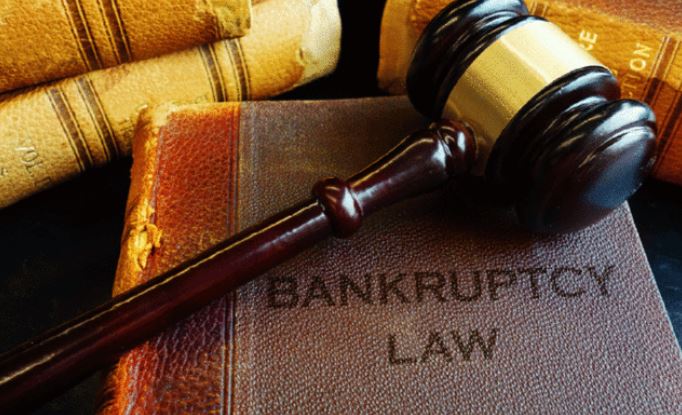 Insolvency, in financial terms, happens when a person is unable to pay his outstanding debts by the due date. When an individual or a corporation cannot manage their creditor’s expenses by the specified date, they become insolvent. It is a common problem that occurs with businessmen worldwide. Whether it be a small-scale business or a global corporation, insolvency can occur at any time.
Insolvency, in financial terms, happens when a person is unable to pay his outstanding debts by the due date. When an individual or a corporation cannot manage their creditor’s expenses by the specified date, they become insolvent. It is a common problem that occurs with businessmen worldwide. Whether it be a small-scale business or a global corporation, insolvency can occur at any time.
There are two distinct types of insolvency: one in which the individual possesses the necessary amount, but in the form of assets. It means that he does not have cash, but has enough valuable items to exchange for money and return it to the creditor. In this case, the two parties can negotiate and give the debtor some time to return the money. But the creditor might charge him a penalty because of the time extension. This type of insolvency is called cash-flow insolvency.
The second case of insolvency occurs when the debtor has no assets. Neither does he possess money, nor does he have the assets that could be equivalent to the debt payment. It is known as balance-sheet insolvency. Simply put, the debtor has negative net assets. This type of insolvency can be harsh as it inevitably leads to legal proceedings.
Different factors can lead a business to insolvency. One major reason is the lack of professional employees. For a business to run smoothly and well, it requires skilled workers. Often, employees may become lazy at work, leading to inadequate productivity in-office hours. With time, things spiral out of control and the company loses profits quickly.
Another probable cause of such insolvency issues is the lack of adaptation. A customer’s requirements can change at any time. Therefore, the company must learn the market’s current situation and start bringing changes as soon as the customer’s needs start changing. Those that do not pay attention to this important detail start losing their clients rapidly and therefore, become insolvent.
Some minor yet important causes include lawsuits against the company and increasing production costs. If a company has frequent run-ins with lawyers for proceedings, it can cause significant damage to the company’s reputation. Moreover, the daily processes of the company would also suffer, leading to financial problems. By increasing production costs on manufacturing, companies take a hit on their sales charts, which can eventually lead to insolvency.
There are different consequences for insolvency. If an individual encounters cash-flow insolvency, he can negotiate with the lender and take some time. There are no strict prosecutions in this case. But with balance-sheet insolvency, things may become serious. The lender has the right to file a lawsuit against the debtor for bankruptcy, which leads to proceedings. Thousands of businesses have shut down due to allegations of bankruptcy.
To escape this dilemma, one requires careful planning and consultation. Businessmen often have financial advisors that help them in such situations. But people that have no such options have to rely on their businesses. Through debt restructuring, debtors can take more time to operate their business further and return the debt later. This negotiation takes place in the presence of professional consultants like Irwin Insolvency in the United Kingdom. The debtor can also opt for a business turnaround, but some countries forbid insolvent individuals to do so.











